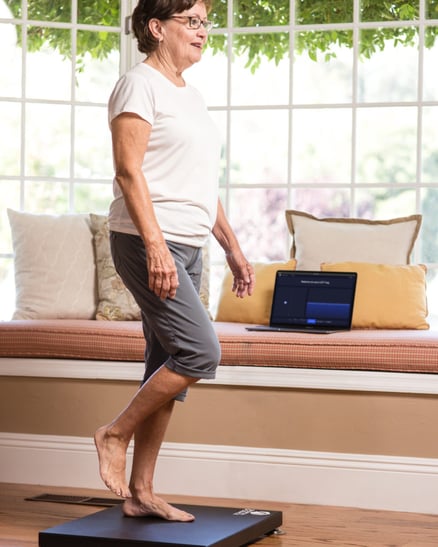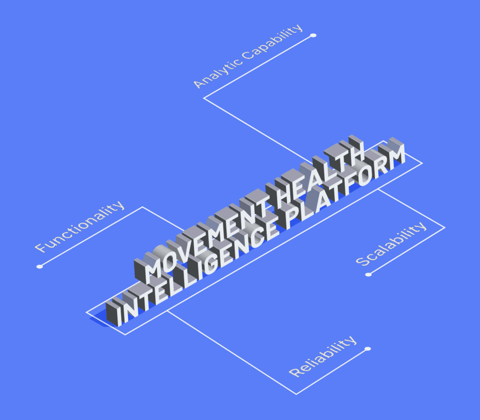
By Greg Olsen, Ph.D. and Jessica Hinman Ph.D.
Increasingly available and affordable digital technologies (e.g., instrumentation, data collection, data storage, and machine learning capabilities) have enabled a generation of “smart” operational systems that learn from the massive data they produce.
Examples are everywhere:
Each of these cases shares common elements:
Examples of this approach are starting to appear in the health & wellness world. The most visible cases are in the growing numbers of individuals who are instrumented with wearable technologies that collect data and feed machine learning analyses to support a host of health interests (e.g., arrhythmia detection, fitness assessment, blood sugar management).
Provider-delivered healthcare, however, has yet to see the systematic application of big data and machine learning capabilities. Providers generally don’t collect biometric data suitable for large-scale active monitoring of patients, nor do they employ machine learning on that data. Frequently measured data (e.g., temperature, heart rate, BP, and weight) are captured only a few times a year for most people. Even when patients are undergoing a routine care regimen, like orthopedic rehab, the availability of rich, objective tracking data is limited. For the most part, instrumentation, data collection, and machine learning are things done by device vendors or in research laboratories. They are not integrated into clinical operations.
The digital health environment, however, is changing rapidly. The incredible growth in scalable, low-cost, health-relevant sensor technologies is creating a path to a more data-driven future.
Over the last 10+ years, health-related sensor technology has become ubiquitous. Health instrumentation is now present in nearly every small clinic, drug store, and home. Examples include:

This path to more significant health instrumentation has been led by consumer applications that provide immediate insights into specific conditions (e.g., high blood pressure, blood sugar, arrhythmia, or fitness level). Downstream use of this data for machine learning is typically limited to device makers or large consumer personal health platform vendors like Apple, Google, Garmin, or Amazon.
These types of digital technology and data are making their way into provider-delivered healthcare. Within the recent wave of digital health startups, many seek to use instrumentation (e.g., wearables or motion capture via consumer devices) to improve the provision of care to patients. Though the pace of change has been slow, more traditional health providers are also beginning to embrace the expanded use of patient instrumentation and data analysis technologies.
The bottom line is that instrumentation, data collection, and machine learning represent tremendous opportunities for providers to improve their care delivery and their businesses. This use case for digital technology will ultimately find its way into every aspect of healthcare practice. One of the areas to see the early focus is a category of needs we refer to as “Movement Health.”
The term Movement Health captures a broad set of health concerns relevant to many different perspectives, including medical practice, physical therapy, sport & exercise, and occupational health & wellness. Example concerns that fit into this category include:
The limited availability of objective assessment data is a critical challenge to movement health practice. The situation fits the familiar “you can’t manage what you can’t measure” axiom. Indeed, diagnostic tools have been applied to movement health issues (e.g., x-rays, MRI, ECG, EEG, range-of-motion tests, and “functional tests”). However, the ability of these tools to address needs has been limited in two primary ways:
What if providers had high-quality movement health metrics and associated analysis throughout the course of each patient’s care? The potential benefits are manifold:
To take advantage of this opportunity, health providers need technology platforms and applications beyond the current scheduling, billing, and EHR-focused systems they have deployed. These needs are analogous to those that drove the deployment of data-centric operational capabilities into other domains such as manufacturing, eCommerce, and finance – one key difference being that those were far less limited by a lack of instrumentation.
Consumer-driven investments in fitness-related technologies have resulted in radically improved instrumentation for movement health-related issues. Several instrumentation technologies are particularly well-suited to movement health assessment needs, notably:
This instrumentation capability, combined with available low-cost, scalable data collection, storage, and analysis technologies, provides the foundation for health intelligence platforms to be a standard tool for nearly every provider – not limited to research laboratories or the Apples and Googles of the world.

Providers should look for the following capabilities in a movement health intelligence platform:
Movement health providers that arm themselves with these platforms will be able to deliver superior care, operate more efficiently, and build a data asset that grows with time.